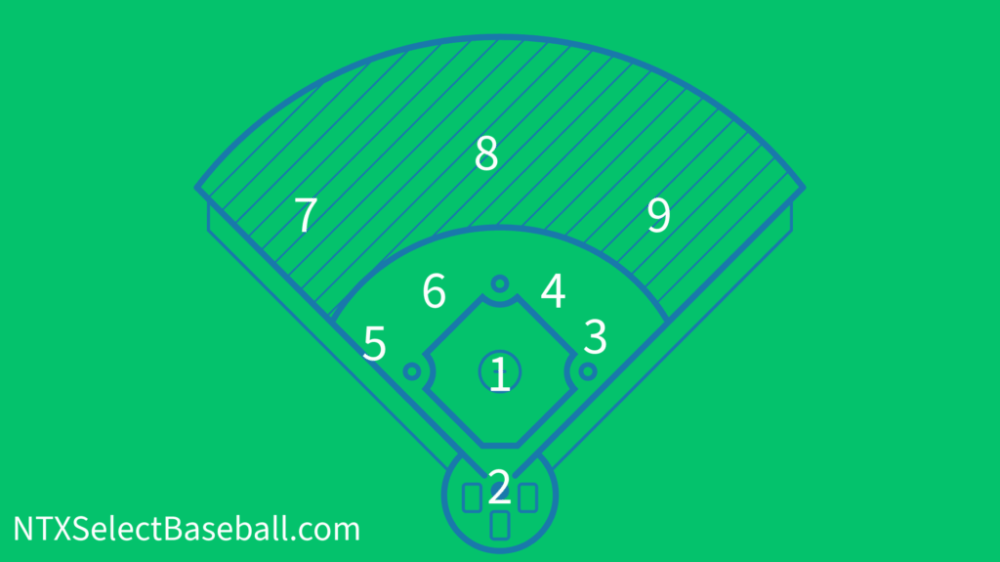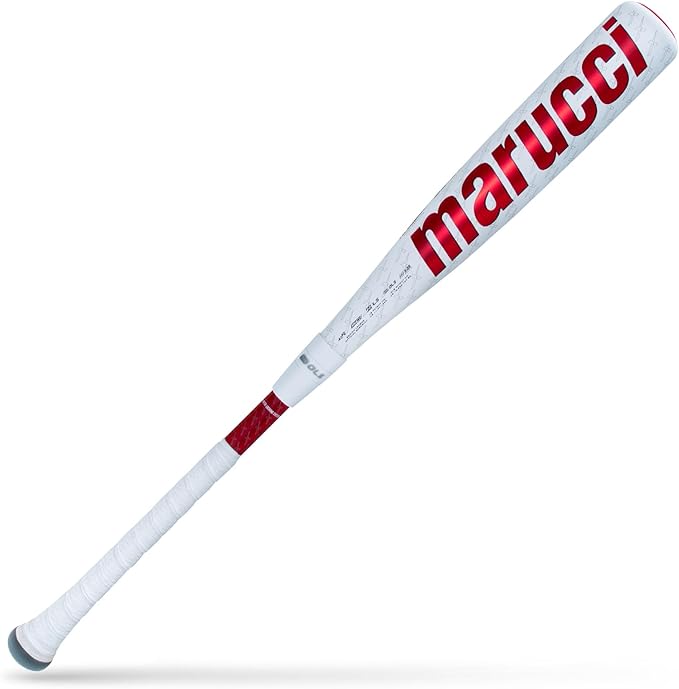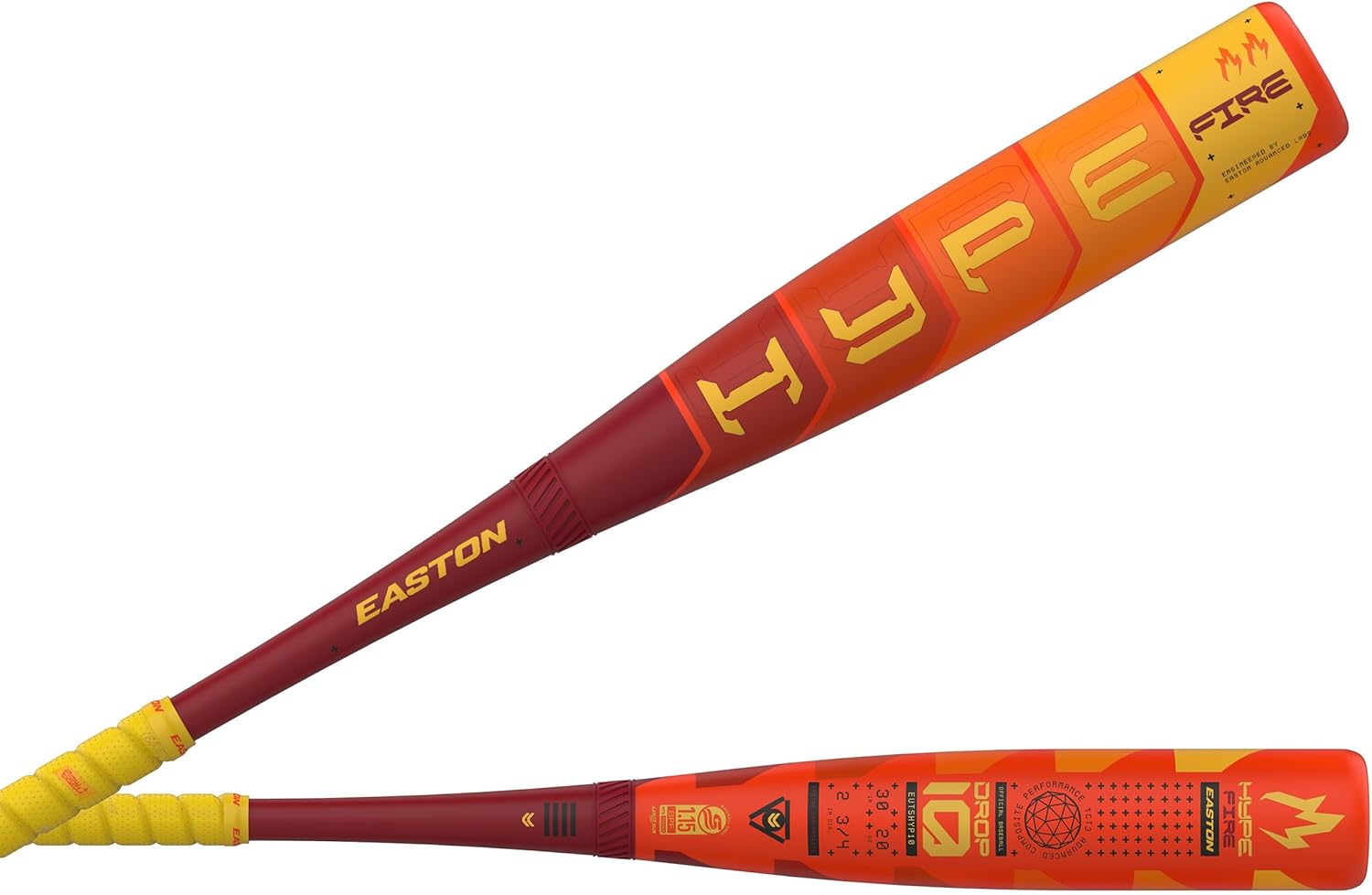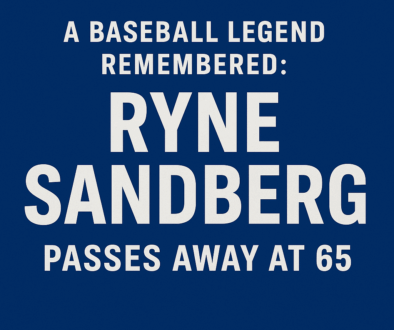Baseball Position Number 101: Understanding Defensive Positions and Responsibilities
When your player takes the field for NTX Select, they’re not just “playing defense”—they’re part of a well-oiled machine with nine unique positions, each playing a crucial role in shutting down the opposing offense. Whether you’re new to select baseball or just brushing up, understanding how the defensive side of the game works can deepen your appreciation for every inning played.
No products found.
The Nine Defensive Positions (By the Numbers)
In baseball scorekeeping, each position is assigned a number. Here’s how the positions break down:
-
Pitcher (1) – Starts every play by throwing the pitch.
-
Catcher (2) – Positioned behind the plate, catching pitches and defending home.
-
First Baseman (3) – Handles most plays at first base, a key target for outs.
-
Second Baseman (4) – Quick and agile, covering ground between first and second.
-
Third Baseman (5) – Known as the “hot corner,” ready for fast-hit balls.
-
Shortstop (6) – A dynamic player between second and third base.
-
Left Fielder (7) – Covers hits to the left side of the outfield.
-
Center Fielder (8) – Often the fastest, responsible for covering the most ground.
-
Right Fielder (9) – Handles hits to the right side and backs up first base.
Grouped for Strategy: Infield, Outfield, and the Battery
Defensive positions are generally grouped into three categories:
-
The Battery: Pitcher and catcher—the engine of every play. These roles are highly specialized and rarely interchangeable.
-
The Infield: First base, second base, third base, and shortstop. These players handle the bulk of fast-paced, close-range plays.
-
The Outfield: Left, center, and right fielders are the last line of defense, chasing down fly balls and cutting off extra-base hits.
What Makes a Great Fielder?
Great fielders do more than just catch the ball. Here’s what sets them apart:
-
Glove Work: Whether it’s snagging a line drive or scooping up a grounder, fielders must catch cleanly to secure outs.
-
Arm Strength: Many plays require quick, accurate throws to get runners out or prevent them from advancing.
-
Athleticism: Running, diving, sliding—it’s all part of the job. Fielders are constantly on the move to make game-changing plays.
-
Team Coordination: Double plays, cutoffs, and relays rely on precise timing and teamwork.
Key Defensive Moments to Watch For
-
Outfield Relays: When a deep hit heads toward the fence, an infielder may act as a “cutoff man,” helping the ball get to the right base quicker.
-
Tag Plays at the Plate: The catcher may need to block the plate and tag out a runner to prevent a score—high drama and high stakes!
-
Home Run Robberies: Outfielders can reach over the wall to snag would-be home runs. It’s a highlight-reel moment every time.
-
Base Stealing Defense: The pitcher and catcher team up to keep runners honest and shut down steal attempts.
Why It Matters in Select Baseball
At the select level, understanding defensive roles can take a player’s game to the next level. Coaches look for versatility, awareness, and athleticism. Knowing the responsibilities of each position helps players anticipate plays and contribute to team success—whether they’re chasing down a fly ball or turning two in the infield.
So next time you’re in the stands, take a moment to watch how your player—and their teammates—move as a unit on defense. It’s not just a game of hits and runs; it’s a beautiful puzzle of positions, timing, and teamwork.
TL;DR
Baseball defense is made up of nine positions, grouped into the battery (pitcher, catcher), the infield, and the outfield. Each has specific roles, from catching and throwing to relaying and tagging. Understanding these responsibilities can help parents and players appreciate the strategy and athleticism behind every out.









